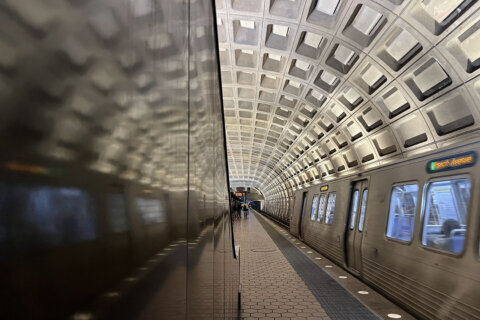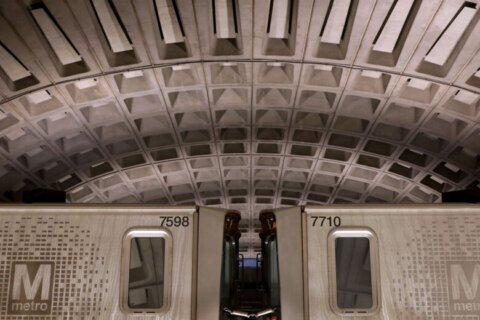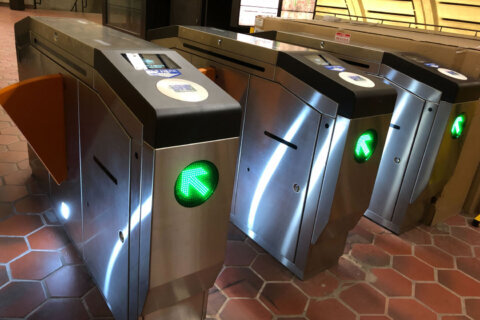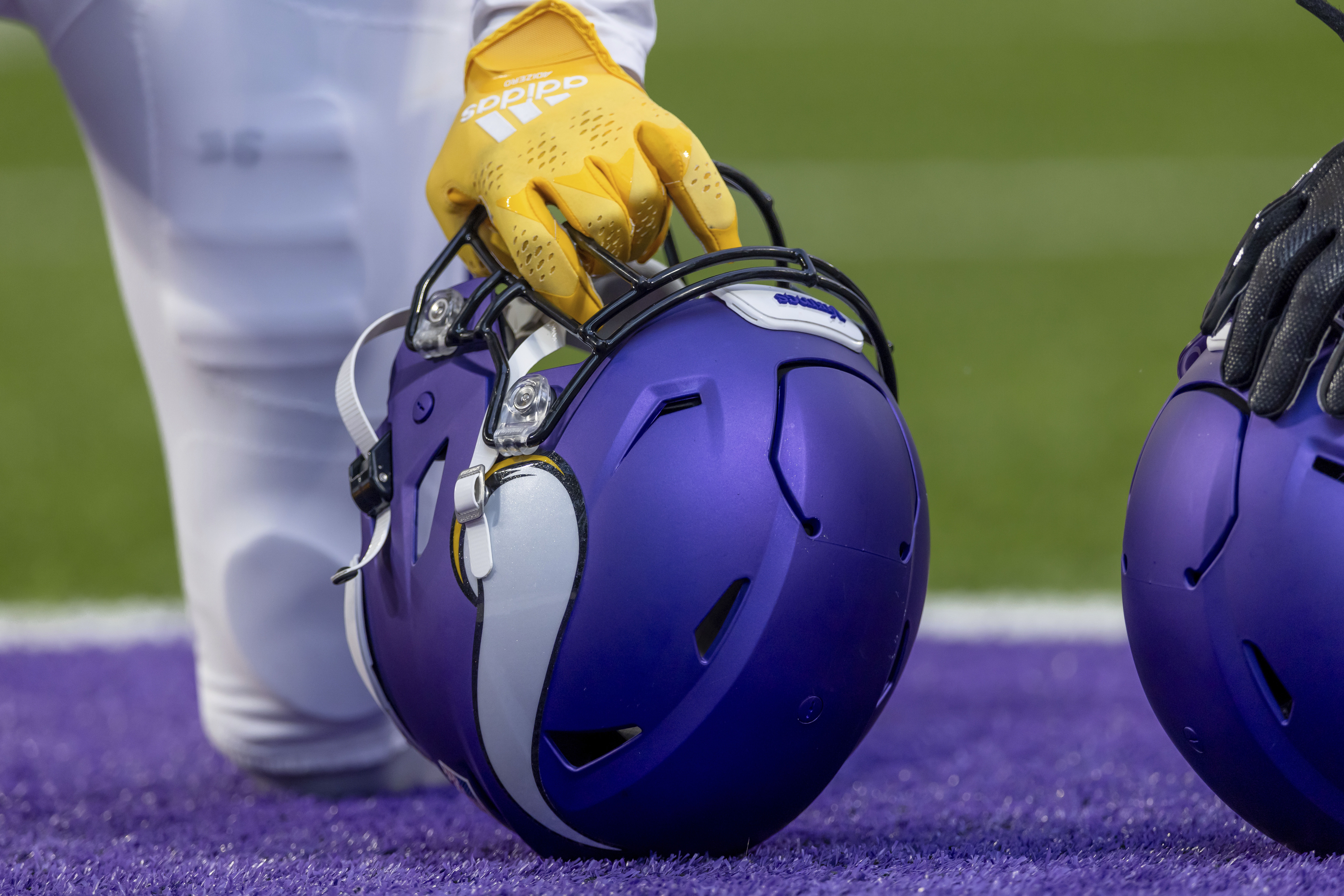A near collision, a runaway Metro train, trains running red signals, worker protection guideline violations — those are a few of the incidents the Washington Metrorail Safety Commission highlighted in its virtual April meeting Tuesday.
The runaway train incident, which an official described as serious, occurred March 26, and began after a mishap involving passenger suck on a stopped train. A Metro train stopped 100 yards short of the Rhode Island Avenue station platform, keeping passengers stuck on the train for about 90 minutes.
During that period, two passengers got impatient and got off the train, walking along the tracks back to the station platform.
There are two reasons that’s potentially dangerous: the risk of being hit by a moving train or possibly coming into contact with the third rail, which is electrified.
Metrorail initially did not even identify that this so-called self-evacuation occurred. A rescue train ultimately brought the rest of the passengers back to the station platform.
But the WMSC also discovered another event that happened after that rescue train got the passengers back to the station.
When Metro tried to tow the disabled train, it began to roll. It rolled nearly 140 feet before a worker was able to engage a hand brake.
WMSC CEO David Mayer told the commissioners that Metro is required to report an incident like this to the WMSC and the Federal Transit Administration within two hours.
But, he said, when Metro finally submitted its preliminary report — five days after the event — it “still did not include all the information from data downloads required to examine what has been confirmed as a serious runaway train event that is reportable to both the WMSC and the Federal Transit Administration.”
Mayer said “urgency is required to identify safety events so that improvements can be made to reduce the risk of these events happening again in the future.”
Ultimately, the rescue train was coupled to the disabled train and moved it back to a rail yard.
Mayer said the WMSC’s preliminary investigation related to customer, first responder and employee safety “has also identified concerns related to Metrorail’s communications and emergency preparedness, and an overall lack of coordination” in the incident response.
In another case, at the U Street station last November, two trains with the same number ended up moving toward each other on a single track.
In the meeting, D.C. Commissioner Robert Bobb asked WMSC’s Investigative Programs Manager Adam Quigley about the possible outcome there.
Quigley replied that it could have resulted in “a low-speed collision.”
“With passengers?” Bobb asked.
“Yes, sir,” Quigley said.
The trains were able to stop. Passengers were walked back to the platform and service was suspended for three hours.
Metro did produce a “lessons learned” safety document about the incident afterward.
WMSC was created by D.C., Maryland and Virginia to independently oversee Metrorail safety.
See the full meeting below.







